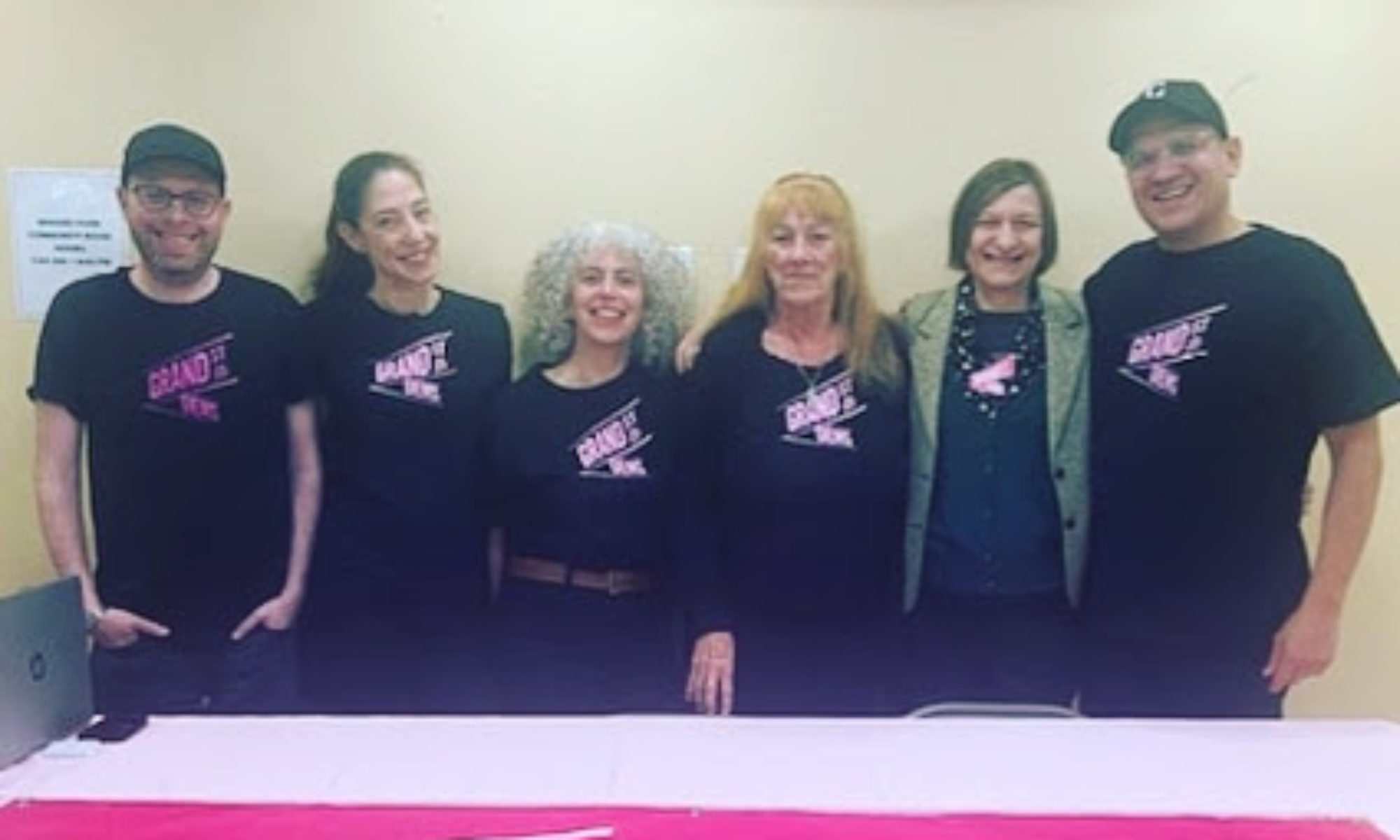On Thursday, the City Council approved the East Side Coastal Resiliency Project unanimously; typically Council Members defer on Land Use bills to the representatives from the affected communities, which in this case meant Carlina Rivera, Margaret Chin, and Keith Powers.
Below is the email that Rivera sent out on Thursday, November 14:
Dear Neighbors,
For the last seven years, I have watched our community’s slow and painful recovery from the physical and emotional damage Superstorm Sandy wreaked on all of us. We are lucky that we haven’t seen a storm as bad as Sandy since then, but our good fortune has allowed many of us to forget just how vulnerable our coastal communities are to catastrophic destruction. But we know that as climate change accelerates we will face more intense storms, flooding, and destruction.
Today we voted to approve the East Side Coastal Resiliency Project (ESCR) that will not only provide real protections, but also address decades of environmental inaction from our government and provide a park that will be enjoyed by future generations, not just the current one.
Over a year ago, I moved forward with negotiations thinking of the many injustices our community has faced, from the FDR Drive built by Robert Moses with no concept of its environmental impacts, the lead lined apartments in our NYCHA campuses that have still not been repaired, and the mold in so many of our buildings that was exacerbated after the waters of Hurricane Sandy flooded our homes.
That is why the agreement we reached is so important for our communities. It not only protects us for the next 100 years, but phases in construction to keep our open space accessible while creating a world-class park with new ball fields, tennis courts, pedestrian bridges that better accommodate our neighbors with disabilities, and a revitalized amphitheater that is so important to our cultural celebrations.
With the approval of this plan we are also bringing a long list of community improvements to 17 other local park spaces and six NYCHA campuses, creating new partnerships with community gardens, extending hours at school recreation sites, and building new barbecue areas. We’re voting to expand pedestrian and bike-focused infrastructure, with commitments for new protected bike lanes in Alphabet City and the expansion of closed-street programming that includes pocket parks. And we’re planning for the future with both a new disaster-preparedness campaign for our front-line residents and a commitment to study the future of the FDR in a world that must include reduced vehicle use and emissions.
The breadth of these investments can be seen in the many groups that have announced their support, including many who have previously expressed skepticism. We’re not just talking about elected officials, NYCHA residents, Little League Directors, or park tenants. We’re talking policy experts who were behind the original push for resiliency work in New York City, including Rebuild by Design and Regional Plan Association.
You can view a full list of both commitments secured and community supporters on my website by clicking here.
But as this project spanning three Council districts moves forward, it’s clear that the community’s trust with the City surrounding this project must continue to be repaired. I certainly understand the mistrust after decades of neglect certain neighborhoods have experienced at the hands of all levels of government.
The City, at my urging, is re-visiting the interim flood protection measures (IFPMs) they said “were not feasible” and will install temporary protections. And all analyses will be provided to the community on these measures, just as we have demanded throughout this process in order to make better informed choices.
And the City will need to respect the voices of all community members and experts who will comprise the ESCR Community Advisory Group we secured funding for. Whether they’re reporting on the city’s air quality monitoring, soil testing, construction noise mitigation, or how to incorporate new ideas and feedback into the project’s design, everyone’s voices matter and should be heard in the way I have heard them in my countless meetings with local groups and park stewards.
We have to act fast to protect the East Side. And ESCR will not just ensure that protection, but also provide a historic investment that will help our communities reverse decades of environmental injustice. Regardless of how little or greatly involved you were in this process, I hope you will all continue to speak up about ESCR and work to make this project successful for our community and a model for the rest of our City’s resiliency work to come.
Sincerely,

Carlina Rivera

